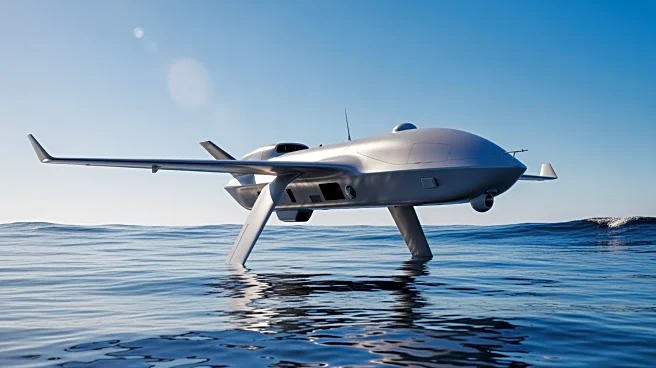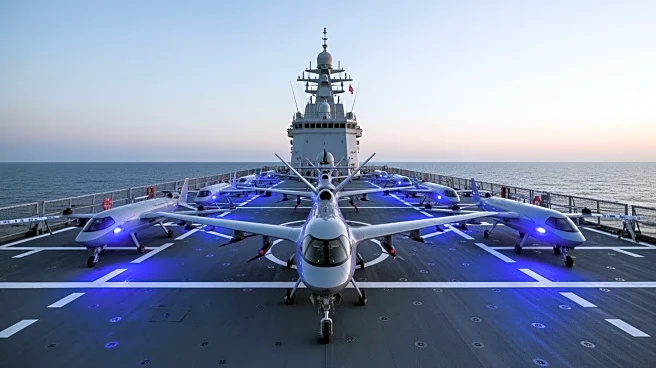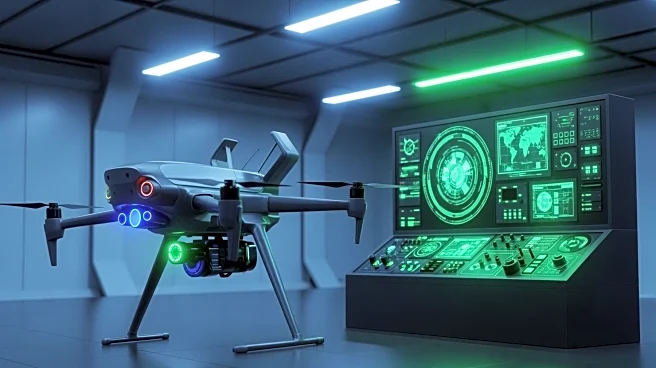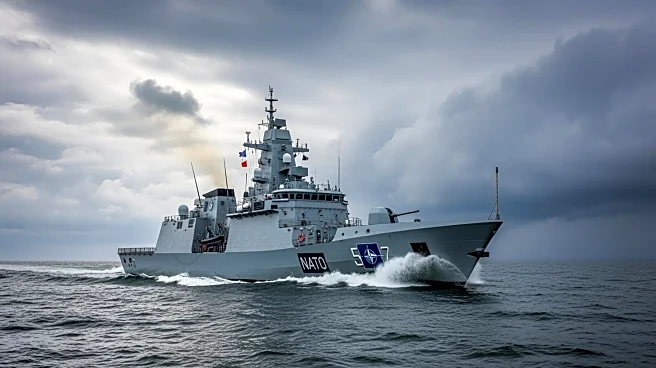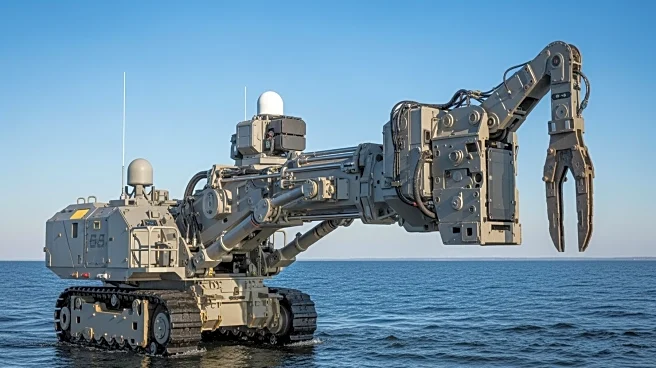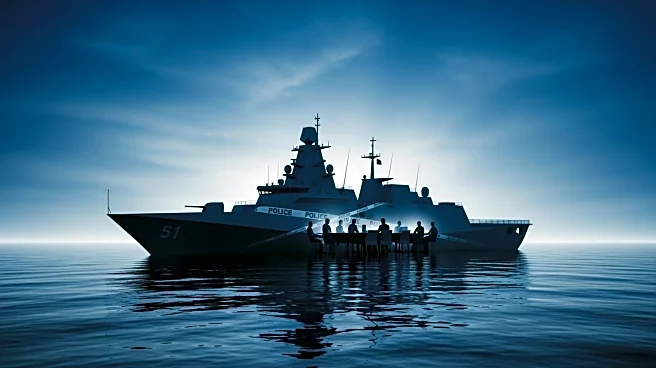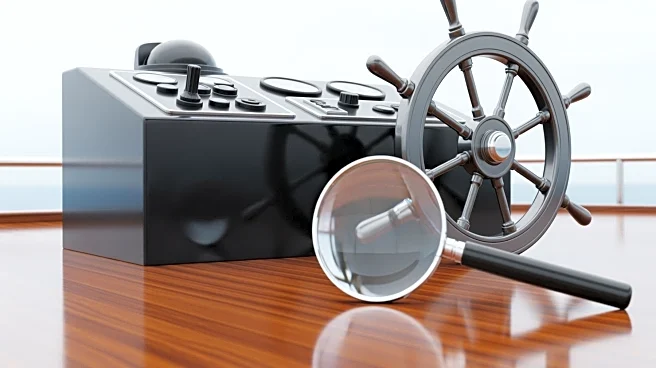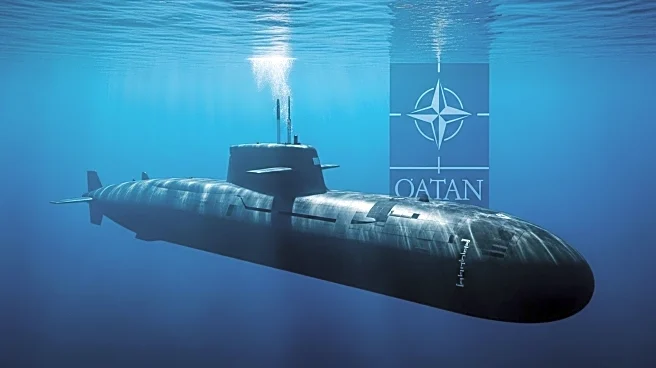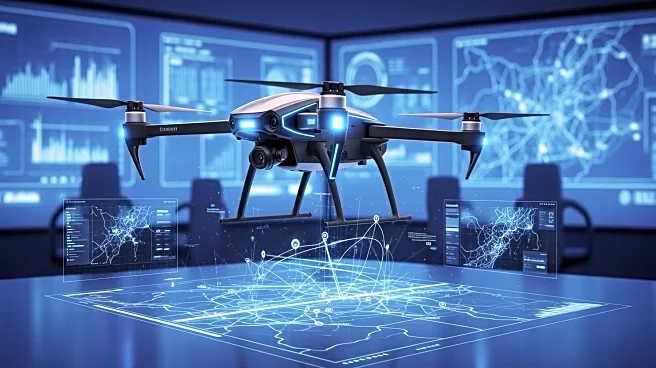What's Happening?
NATO's Task Force X Baltic has implemented STANAG 4817, a standardization agreement designed to support interoperability, integration, and interchangeability for maritime unmanned systems (MUSs). This
initiative aims to counter underwater threats using unmanned surface vehicles (USVs) and other MUSs. STANAG 4817 provides architecture standards for high-level command and control (C2) interoperability, evolving to include lower-level C2 for vehicle reporting and tasking. The agreement facilitates data integration and analysis, enhancing maritime situational awareness and supporting NATO's Baltic Sentry maritime surveillance activity.
Why It's Important?
STANAG 4817 is crucial for operating MUSs at scale within NATO's multidomain operations. It provides a common reference architecture and standardized interfaces, enabling operational integration of unmanned systems with greater agility and interchangeability. As NATO member states develop UUVs and national C2 architectures, the need for standardization becomes more apparent. This agreement supports the surveillance presence of massed UUVs, addressing challenges in bandwidth-limited underwater environments. By enhancing interoperability, STANAG 4817 strengthens NATO's ability to respond to underwater threats and maintain maritime security.
Beyond the Headlines
The implementation of STANAG 4817 highlights the growing importance of unmanned systems in modern warfare. As NATO continues to develop and integrate these technologies, ethical and legal considerations surrounding their use will become increasingly relevant. The agreement also underscores the need for international cooperation in establishing standards that ensure the safe and effective deployment of unmanned systems. Long-term, STANAG 4817 may serve as a model for other domains, promoting interoperability and integration across NATO's defense capabilities.
